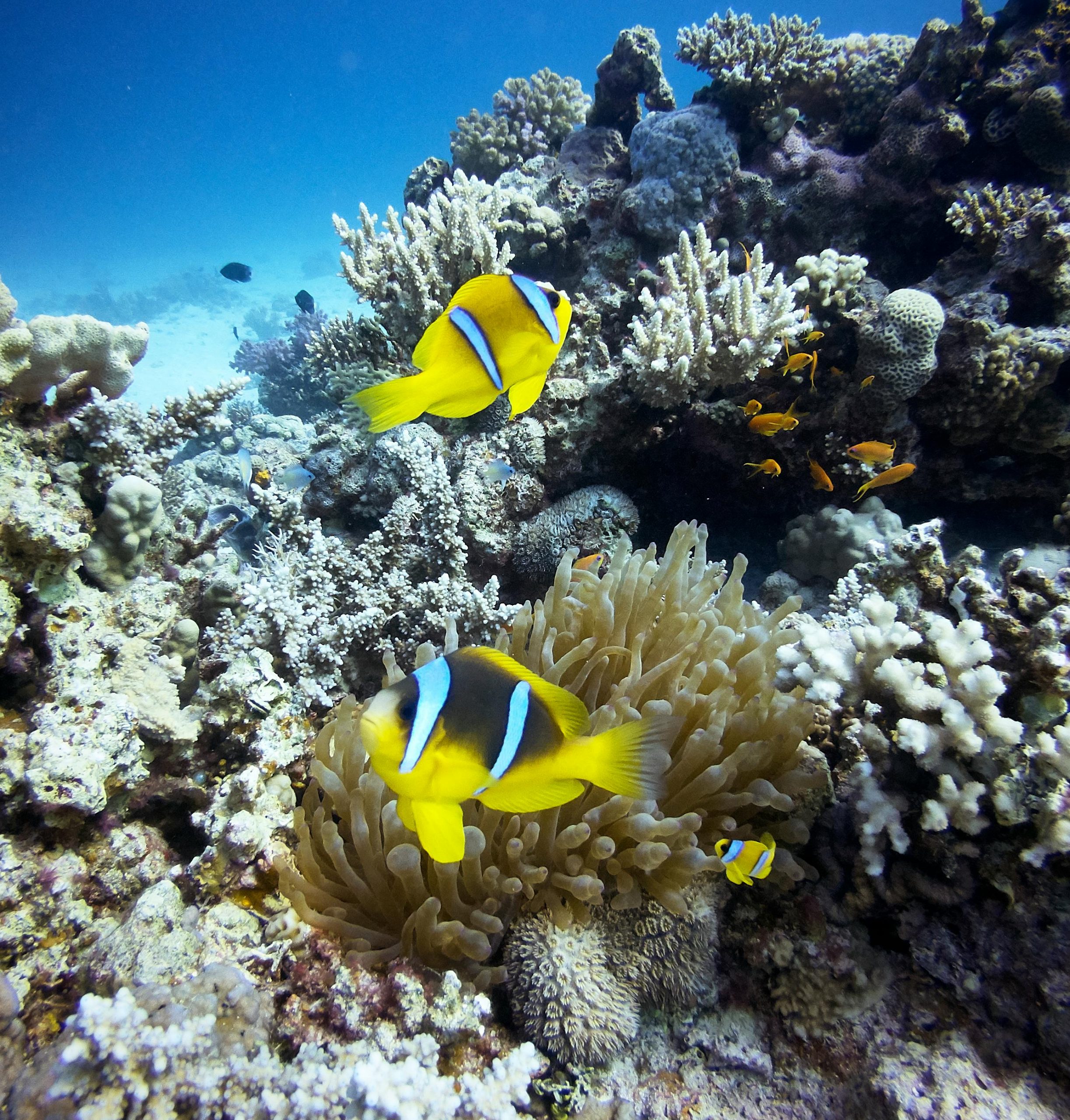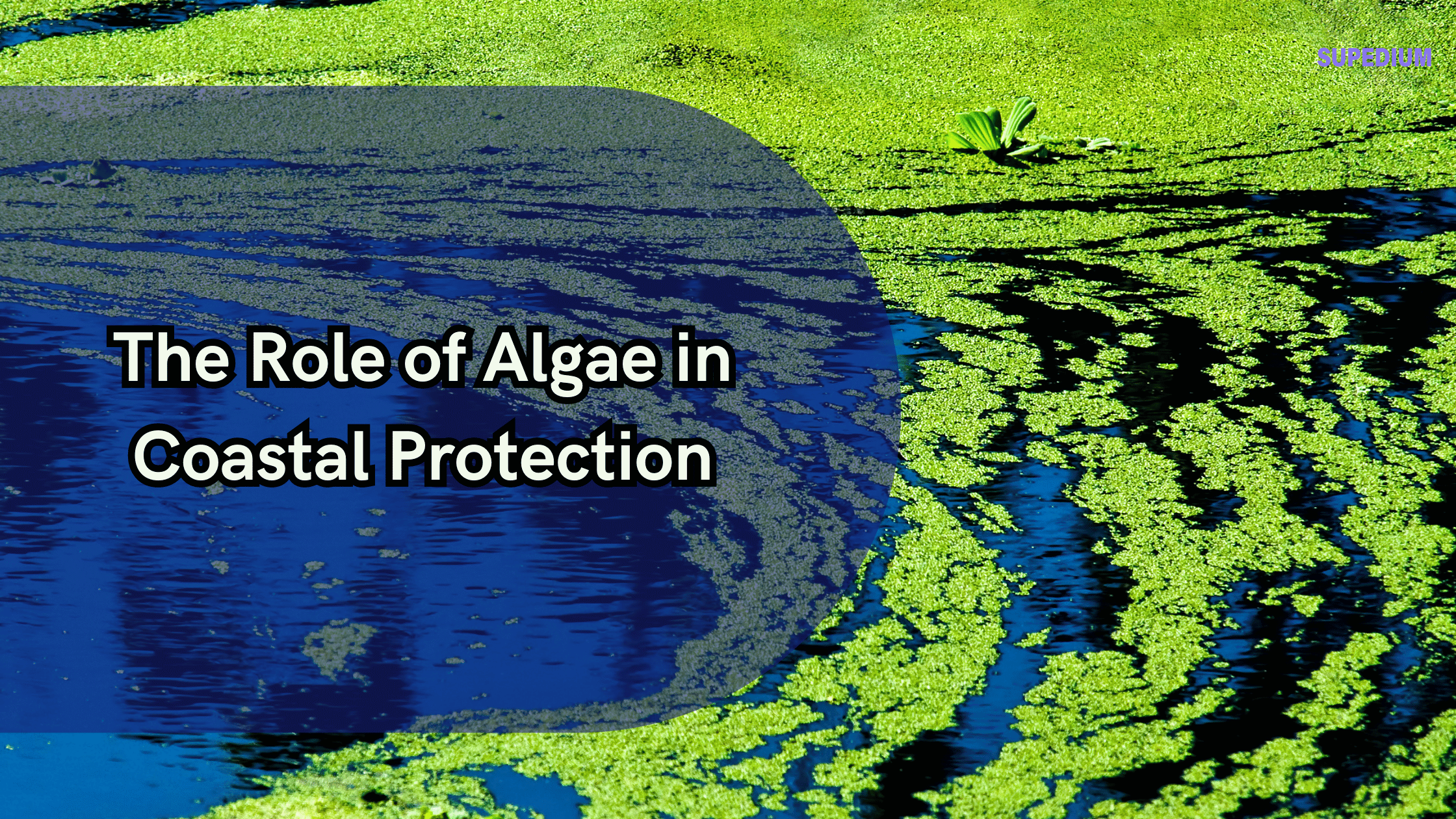Table of Contents
![]()
The ocean, vast and mysterious, is home to some of the most colossal creatures on the planet. From the massive blue whale to the elusive giant squid, these marine giants are not only fascinating but also crucial to the health of marine ecosystems. Understanding these creatures helps us appreciate the complexity of ocean life and underscores the importance of conservation efforts.
Overview of Marine Creature Size
Marine creatures, defined as organisms living in saltwater environments, vary significantly in size. Measurements can include length, weight, and volume. Unlike their terrestrial counterparts, many of these giants have evolved unique adaptations to thrive in the aquatic environment. For instance, marine creatures often exhibit larger sizes due to the buoyant properties of water, which supports their massive bodies more effectively than air.
Largest Marine Creatures
Blue Whale (Balaenoptera musculus)
The blue whale holds the title of the largest living marine creature and, in fact, the largest animal ever known to have existed. Adult blue whales can reach lengths of up to 100 feet (30 meters) and weigh as much as 200 tons. Their sheer size is awe-inspiring, with hearts the size of small cars and tongues that can weigh as much as an elephant.
Distribution and Habitat: Blue whales are found in oceans across the globe, though they are often more common in colder waters. They migrate between feeding grounds in polar waters and breeding grounds in tropical regions.
Behavior and Diet: Blue whales primarily feed on krill, tiny shrimp-like animals, consuming up to 4 tons of krill a day during feeding season. They use their baleen plates to filter these small creatures from the water.
Conservation Status: Despite their immense size, blue whales face significant threats from ship strikes, entanglement in fishing gear, and climate change. They are currently classified as endangered, with conservation efforts focusing on mitigating these threats and monitoring populations.
Sperm Whale (Physeter macrocephalus)
Sperm whales are the largest toothed predators in the ocean and can grow up to 60 feet (18 meters) in length and weigh up to 50 tons. Their large, square-shaped head accounts for about one-third of their body length and contains a spermaceti organ, which plays a role in echolocation and buoyancy.
Distribution and Habitat: Sperm whales are found in deep ocean waters worldwide, with a preference for areas with abundant squid, their primary food source.
Behavior and Diet: These whales are known for their deep diving capabilities, often reaching depths of over 3,000 feet (900 meters) to hunt for squid. They are social animals, often found in groups, and their communication includes complex vocalizations.
Conservation Status: Sperm whales face threats from entanglement in fishing gear, ship strikes, and noise pollution. They are currently classified as vulnerable, with ongoing efforts aimed at reducing these threats and protecting their habitats.
Giant Squid (Architeuthis Dux)
The giant squid, rarely seen by humans, can grow up to 43 feet (13 meters) long. With its long, slender body, large eyes, and eight arms equipped with suction cups and hooks, the giant squid is an impressive predator.
Distribution and Habitat: Giant squid are found in deep ocean waters around the world, often in regions that are difficult for humans to explore.
Behavior and Diet: Little is known about their behavior due to their elusive nature, but they are believed to prey on deep-sea fish and other squid. Their large eyes are adapted to the low-light conditions of the deep ocean.
Conservation Status: The giant squid is not currently considered endangered, largely due to the difficulty in assessing its population. However, its deep-sea habitat is vulnerable to disturbances such as deep-sea mining and pollution.
Colossal Squid (Mesonychoteuthis Hamiltoni)
The colossal squid is one of the largest invertebrates in the world, reaching lengths of up to 33 feet (10 meters). It has large, fearsome hooks on its tentacles and a highly developed beak, making it a formidable predator.
Distribution and Habitat: Colossal squid are found in the deep, cold waters of the Antarctic. They inhabit the Southern Ocean and are adapted to life in extreme conditions.
Behavior and Diet: These squids prey on other deep-sea creatures, including fish and smaller squid. Their large size and powerful beak allow them to tackle substantial prey.
Conservation Status: The colossal squid is not currently listed as endangered, but its habitat is threatened by climate change and human activities such as fishing. Research is ongoing to better understand its population dynamics and ecological role.
Whale Shark (Rhincodon typus)
The whale shark is the largest species of shark and the largest living fish, reaching lengths of up to 60 feet (18 meters). Despite its size, it is a gentle giant, feeding primarily on plankton.
Distribution and Habitat: Whale sharks are found in tropical and warm-temperate oceans, often near the surface where they filter-feed on plankton and small fish.
Behavior and Diet: Whale sharks feed by filtering large volumes of water through their gill rakers to capture plankton. They are known to migrate long distances in search of feeding opportunities.
Conservation Status: Whale sharks are classified as endangered due to threats from fishing, bycatch, and habitat degradation. Conservation efforts focus on protecting critical habitats and reducing human impact.
Special Considerations for Marine Giants
Adaptations to Size: Marine giants have evolved various adaptations to support their enormous size. For instance, blue whales possess a robust skeletal structure that is buoyant, and their large size helps them store energy for long migrations.
Impact on Marine Ecosystems: These giants play crucial roles in their ecosystems. For example, blue whales help regulate krill populations, while giant squid are important prey for large marine predators.
Human Interactions and Impact: Human activities, including shipping, fishing, and pollution, pose significant threats to these marine giants. Conservation efforts must address these impacts to ensure the survival of these remarkable creatures.
Conservation and Protection Efforts
International and Local Regulations: Many marine giants are protected by international agreements and national regulations aimed at preserving their habitats and mitigating threats. Marine protected areas and regulations on fishing practices are crucial for their conservation.
Research and Monitoring: Ongoing research and monitoring programs, including satellite tagging and population surveys, help scientists track and understand these creatures better, informing conservation strategies.
Public Awareness and Education: Raising public awareness about the importance of marine giants and the threats they face is essential. Educational programs and media campaigns can foster greater appreciation and support for conservation efforts.
Conclusion
The largest living marine creatures, from the colossal blue whale to the elusive giant squid, are not only awe-inspiring but also integral to the health of marine ecosystems. Protecting these giants requires a concerted effort from scientists, conservationists, and the public. By understanding their lives and the challenges they face, we can work towards a future where these magnificent creatures continue to thrive in the ocean’s depths.
Share This





Be the first to comment